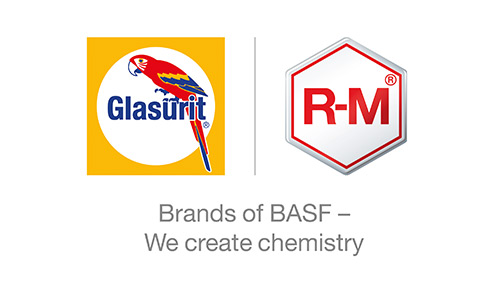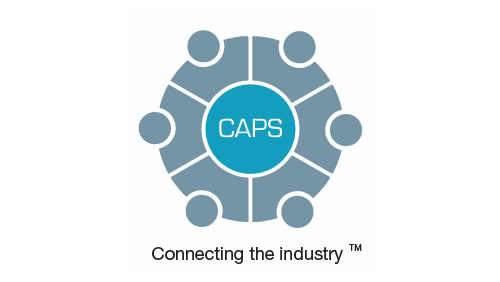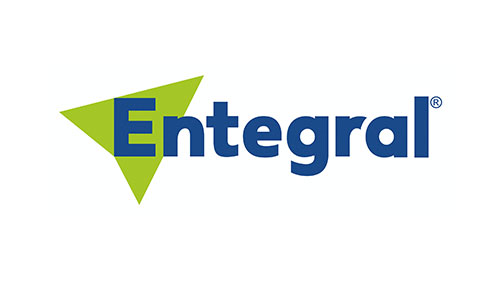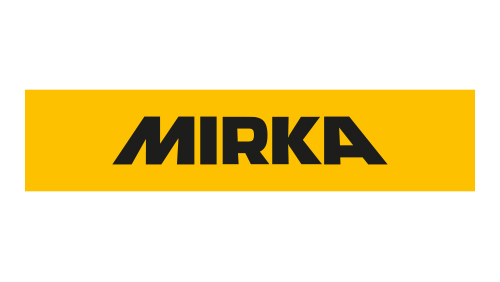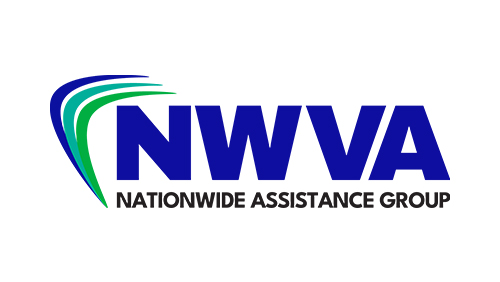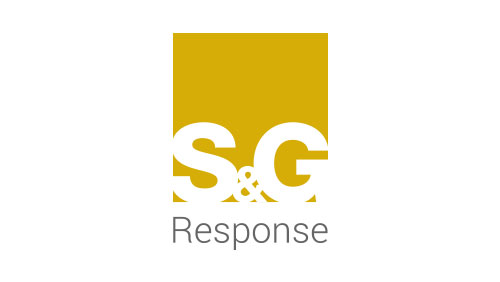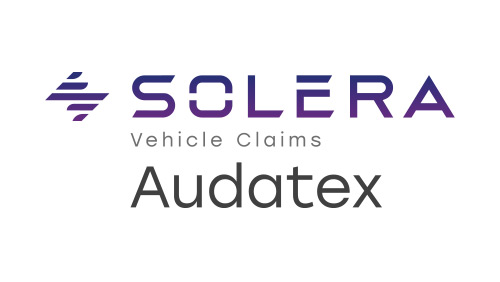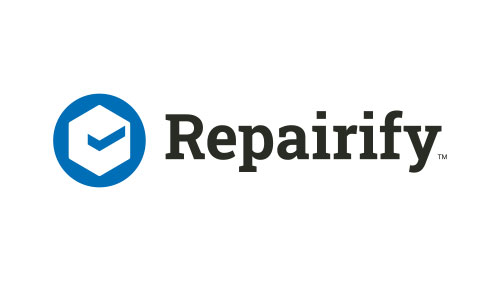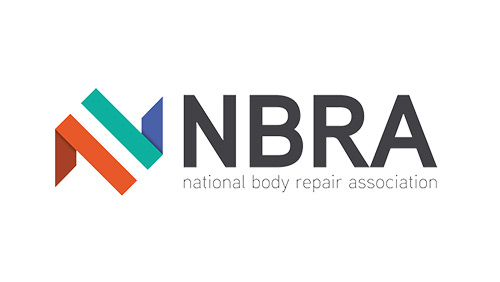As more and more technology comes into the industry, so more and more data is being generated. Collecting, collating and sharing that data in a seamless yet safe manner is now fundamental to business operations.
The Common Automotive Platform Standard (CAPS) provides seamless interconnectivity between sectors and systems, increasing efficiencies and decreasing costs.
Here, we speak to Kevern Thompson, Commercial Manager, to find out a little more about where CAPS is now, and where it is going.
Firstly, can you give us a brief insight into CAPS; where you’ve come from and where you are now?
The CAPS customer base has grown from only 285 bodyshops connected in 2015 to nearly 1,400 bodyshops today, exchanging more than 1.1 million unique claims per year and connecting with more than 95 data-consuming clients.
Sitting at the technological heart of the sector, you have seen adoption escalate exponentially since the pandemic. But are we still just touching the surface of what tech can offer?
Every new CAPS customer and data user that connects to the platform finds new potential for how technology and better access to data can improve quality across all aspects of the collision repair sector.
We’re just starting to understand how technology can streamline operations, deliver an even better customer journey, and improve the quality of service across the whole motor claims ecosystem.
Technology is helping each player in the collision repair supply chain to focus on their expertise and deliver more value. This is essential right now as the motor sector as a whole evolves to embrace EVs, sustainability, decarbonisation and vehicles with more onboard technology than anyone could have imagined even a few years ago.
This is why we see more and more businesses automating communication exchange with CAPS, driven by an increase in systems development – everyone from bodyshops to parts suppliers through to insurers is now seeing the benefit of automated data exchange as a facilitator.
How does the convoluted nature of the claims journey, both in terms of the number of touch points and parties involved, create inefficiencies?
There are still too many manual processes, and this creates bottlenecks and ultimately holds back the industry. This is partly driven by how users interact but also because systems can’t communicate with each other.
This leads to siloed operations up and down the claims journey. It means recovery does not link with the bodyshop, and the customer is still the default project manager when dealing with their claim, from the first notification of loss to the repair.
Siloes within a single business, such as an insurance firm where the engineering department works on a separate system to that of the claims handler, mean they then both interact with different people within a bodyshop as well as their respective systems. There is a lack of system connectivity and transparency throughout, and this is what CAPS is quickly helping to address.
The beauty of CAPS is that it’s an open architecture that can interact with everyone, a safe and secure encrypted system that allows data to flow smoothly and only to nominated partners.
The connectivity is a vital piece of the jigsaw that helps to drive performance and efficiencies, as it enables more fluid collaboration between all of the businesses focused on delivering the claim as quickly as possible.
What are the consequences of these inefficiencies to insurers, suppliers, repairers and drivers?
The interdependence of all parties in the claims process means inefficiencies spread incrementally across the whole chain.
Decisions take longer when someone is waiting for resources to communicate, as they are usually handling more than one claim at a time. Mistakes occur because data is double keyed from one system to another. The customer may be left with mixed messages and updates and not know who to turn to within the supply chain to get the accurate answer.
These inefficiencies lead to cost creeping up throughout the entire supply chain.
How does CAPS simplify and accelerate the claims process?
Facilitating the safe exchange of claims data between businesses that have agreed to share this data is the vital ‘oil’ that streamlines many of the processes.
CAPS connects systems. It allows users to continue to operate within their existing data input system and allows their partners to receive updates and communication automatically and securely.
It eliminates the need for manual processes such as emails, spreadsheets and telephone calls, and ensures that, all-importantly, everyone connected gets the same update at the same time.
What impact has the pandemic had on CAPS in terms of uptake?
We’ve seen an increase in CAPS adoption as businesses use our platform to create or improve their digital journey and increase automation. The motor claims and collision repair sector trusts CAPS to deliver. Bodyshops now choose work providers based on CAPS connectivity and insurers choose their networks around CAPS capability.
Do you think CAPS will become even more intrinsic as data security and regulation becomes more business critical?
We are already seeing increased demand for on-time repair progress updates. This is being driven from lots of angles. Customers want their vehicles repaired as quickly as possible, while bodyshops want to increase capacity through their repair bays so they want visibility of timings from new claims and from suppliers.
We’re also seeing an increase in businesses wanting larger amounts of data for the future and long-term data analytics to enhance their digital capabilities.
How does CAPS stay ahead of the technology curve, and can you tell us about the National Advisory Council?
Industry insight is vital, and this is where the CAPS National Advisory Council (NAC), created in 2017, plays a huge role.
The NAC was created by a group of operators in the motor claims and repair sector who shared a passion for technology and saw the potential of digitising claims and removing frictional cost.
Once a quarter, NAC members meet to discuss emerging connectivity issues and provide insight on new areas needing support and connectivity, as well as connecting with wider industry suppliers such as salvage, recovery and parts procurement.
You mentioned the imminent launch of a new platform. How does it move the CAPS solution forward?
We’ve listened to the challenges that the entire industry faces and where we can add efficiency and remove friction. One of the main factors we’re addressing is that historically, CAPS connected the insurer to its supply chain supporting the deployment of a claim. A different approach is required as claims deployment becomes more targeted and the need to speed up administrative processes increases.
This means enabling much greater communication and information to be exchanged between partners in the claims process, which does not always need to rely on communication between insurer and bodyshop.
How do you see the claims journey evolving, and what does the future hold for CAPS?
We can see the importance of data and the need to speed up administration processes. CAPS facilitates this, enabling businesses to lead from the front and take advantage of innovation faster.
All parties have a deep focus on customer service. Immediate connectivity to accurate data supports the whole supply chain by ensuing transparency of information.
The sector also wants innovation. Bodyshops are already requesting system providers to focus development on further efficiency gains. Insurers are building their ability to communicate, and they are now taking advantage of mass data for future analytics.
CAPS is also driving innovation, and this will require some legacy systems to evolve their technologies in order to take advantage of some of the future automated features offered by the platform.




